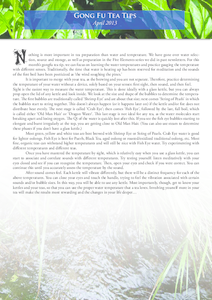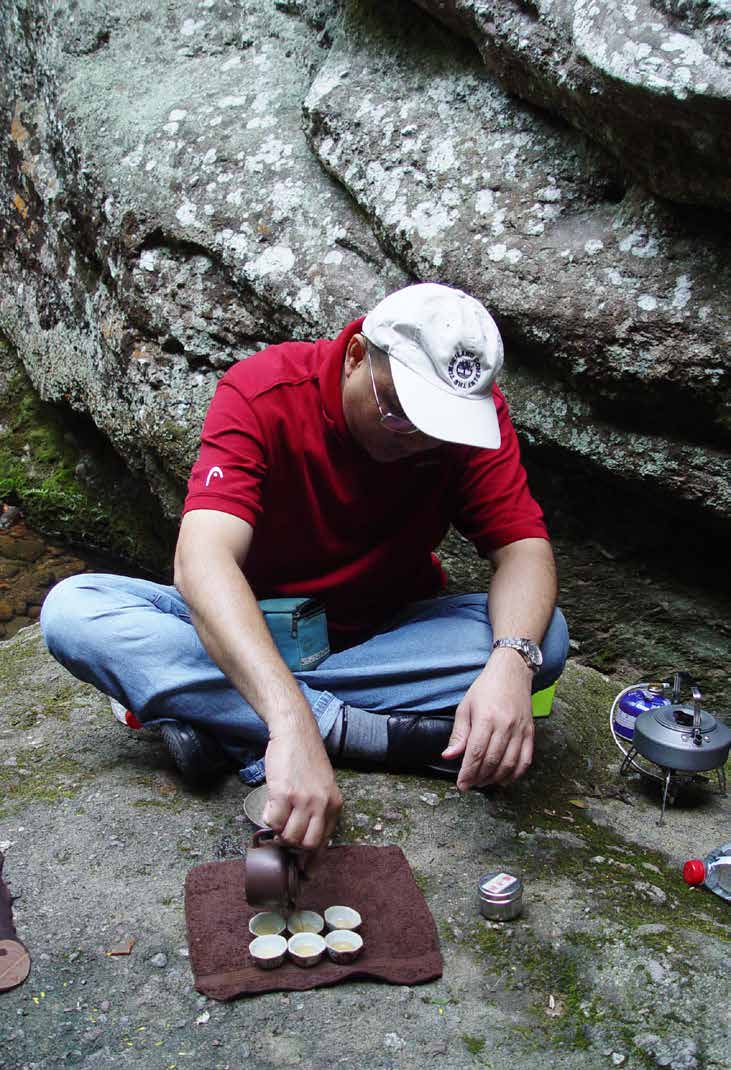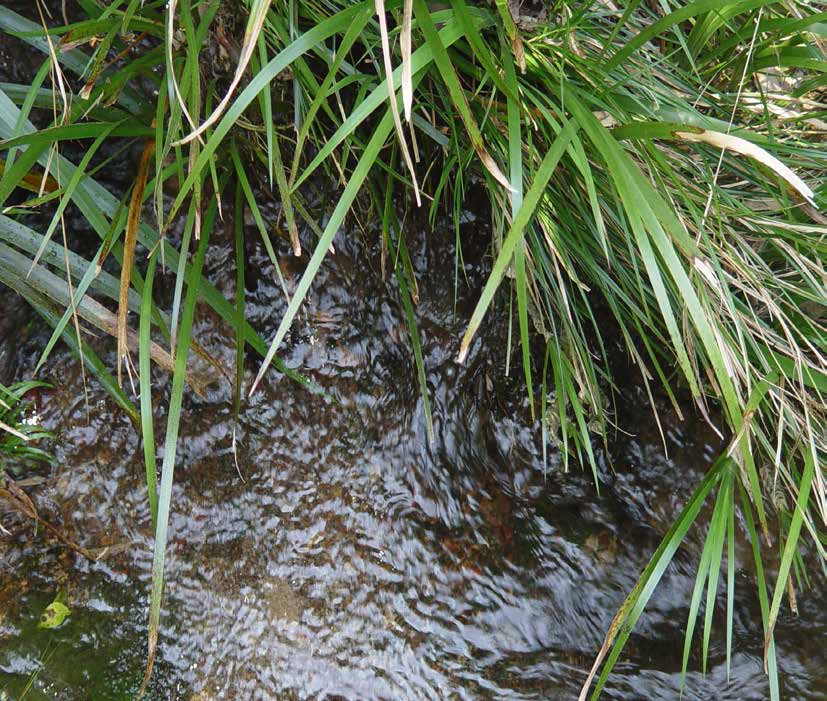
 |
|
Nothing is more important in tea preparation than water and temperature. We have gone over water selection, source and storage, as well as preparation in the Five Elements series we did in past newsletters. For this month's gongfu tea tip, we can focus on learning the water temperatures and practice gauging the temperature with different senses. Traditionally, the time that water is heating up has been reserved for meditation and the sounds of the first boil have been poeticized as 'the wind soughing the pines.'

It is important to merge with your tea, as the brewing and you are not separate. Therefore, practice determining the temperature of your water without a device, solely based on your senses: first sight, then sound, and then feel. Sight is the easiest way to measure the water temperature. This is done ideally with a glass kettle, but you can always prop open the lid of any kettle and look inside. We look at the size and shape of the bubbles to determine the temperature. The first bubbles are traditionally called 'Shrimp Eye' and are about that size; next comes 'String of Pearls' in which the bubbles start to string together. This doesn't always happen (or it happens later on) if the kettle and/or fire does not distribute heat evenly. The next stage is called 'Crab Eye'; then comes 'Fish Eye', followed by the last, full boil, which is called either 'Old Man Hair' or 'Dragon Water'. This last stage is not ideal for any tea, as the water molecules start breaking apart and losing oxygen. The Qi of the water is quickly lost after this. If you see the fish eye bubbles starting to elongate and burst irregularly at the top, you are getting close to Old Man Hair. (You can also use steam to determine these phases if you don't have a glass kettle.)
Most green, yellow and white teas are best brewed with Shrimp Eye or String of Pearls. Crab Eye water is good for lighter oolongs. Fish Eye is best for Puerh, Black Tea, aged oolong or roasted/oxidized traditional oolong, etc. Most fine, organic teas can withstand higher temperatures and will still be nice with Fish Eye water. Try experimenting with different temperatures and different teas.

Once you have mastered the temperature by sight, which is relatively easy when you use a glass kettle, you can start to associate and correlate sounds with different temperatures. Try testing yourself: listen meditatively with your eyes closed and see if you can recognize the temperature. Then, open your eyes and check if you were correct. You can continue this until you accurately assess the temperature by the sound.
After sound comes feel. Each kettle will vibrate differently, but there will be a distinct frequency for each of the above temperatures. You can close your eyes and touch the handle, trying to feel the vibration associated with certain sounds and/or bubble sizes. In this way, you will be able to use any kettle. Most importantly, though, get to know your kettles and your teas, so that you can use the proper water temperature that a tea loves. Involving yourself more in your tea will make the results more rewarding and the changes in your life deeper...